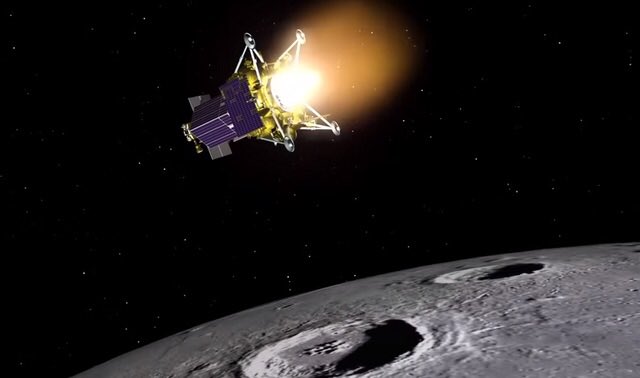I feel that I need to explain a little about the seats in Soyuz ship, and why they move it from one ship to another. Actually, it’s simple. Look at this picture, it is a Kazbek-UM seat, used in Soyuz ships. It consists of a universal cushioning chair and an individual lodgement. 

This is the cushioning chair. It’s universal, so any crew member can use it. But it cannot be used without a special individually made bed, or lodgement. 

And this is a lodgement. To create it, the specialists of JSC NPP Zvezda measure all the parameters of the cosmonaut's body, and then make a plaster impression of the body shape. To do this, the cosmonaut is immersed in a special bath filled with plaster. 

The bed is filled in 2 stages. First, the upper part of the body, imprinting the head, neck and thoracic spine. Then the lower back and coccyx are imprinted. At the same time, gaps are required to change the growth, because in space, a person's spine stretches. 







The final fitting is in a spacesuit. Even the prints of the folds of space clothing are important. When returning from orbit, the cosmonaut will have to lie in this position for several hours. After that, an individual polyurethane bed is made on the basis of the gypsum version.
And this individual lodgement is exactly what they move from one ship to another, so the owner will be safe in any Kazbek seat. It’s also quite comfortable, I assure you! 🤣 

• • •
Missing some Tweet in this thread? You can try to
force a refresh












